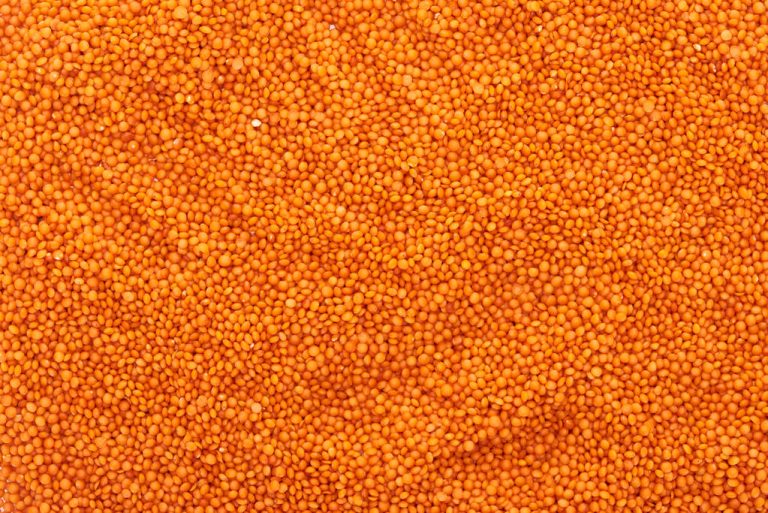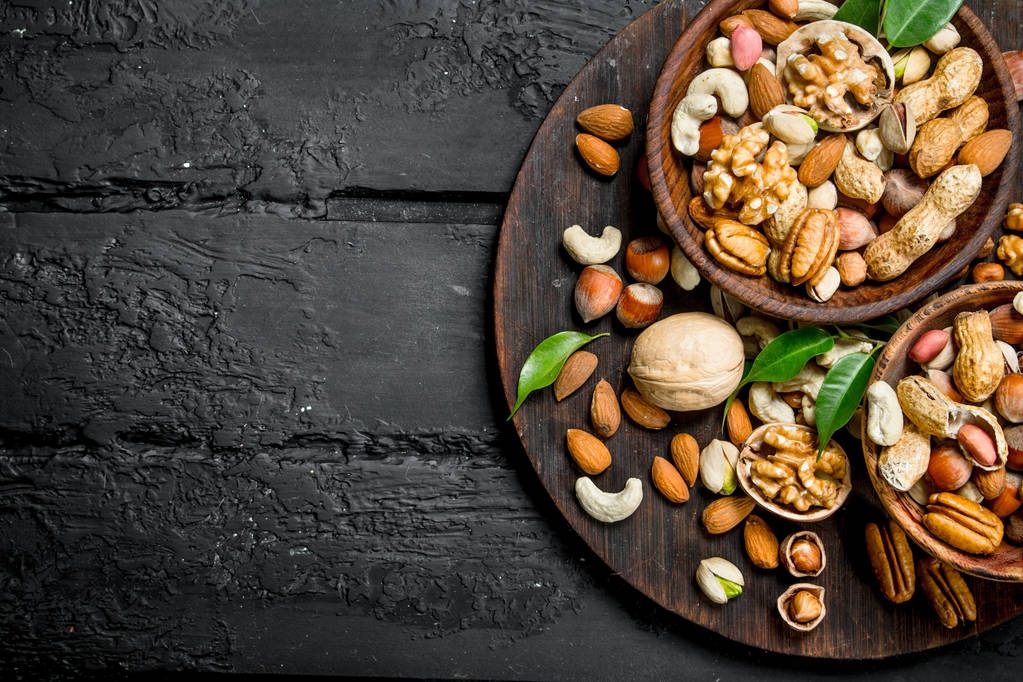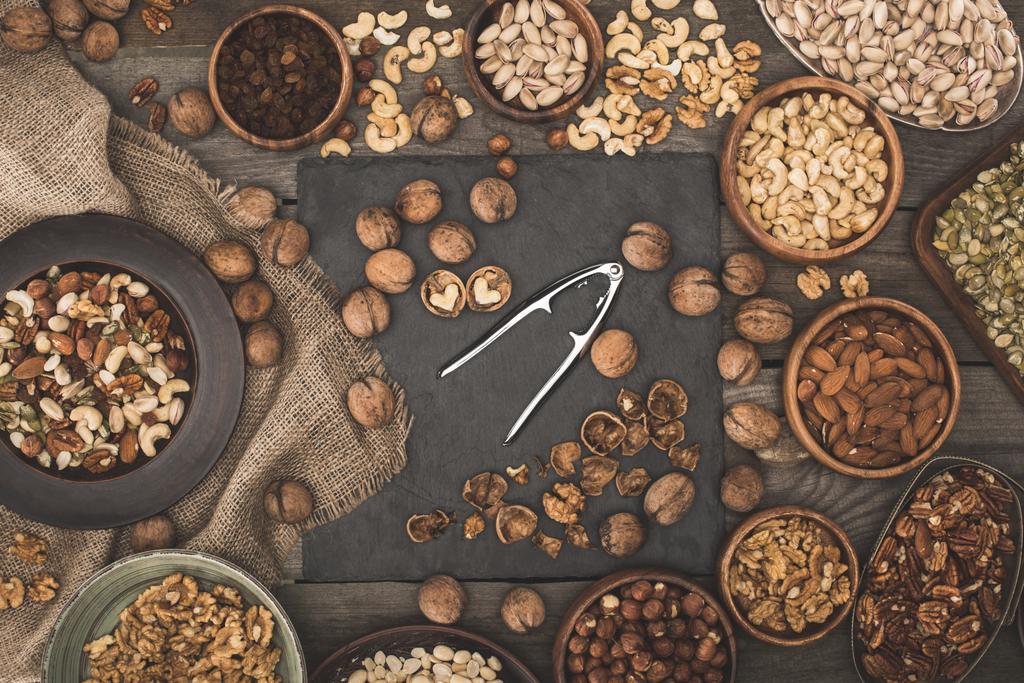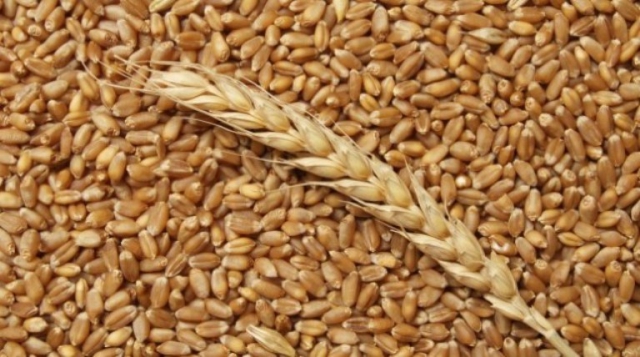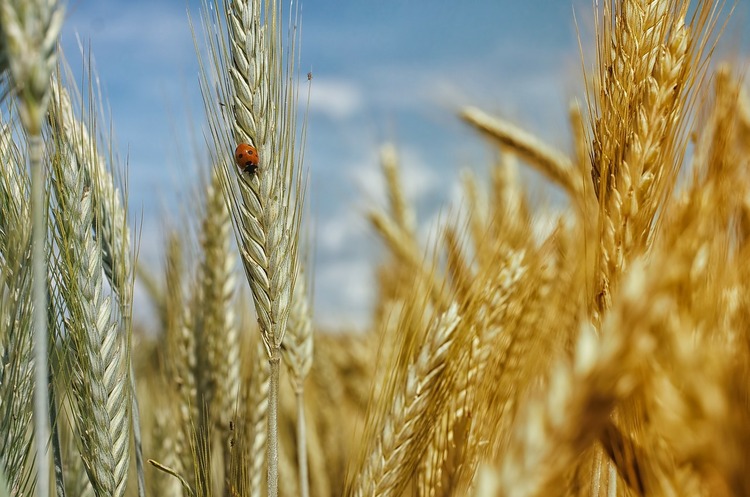Lentils are very healthy and come in many different varieties. For some, it makes sense to soak them before cooking. You can find out what you need to consider here.
Lentils contain a lot of protein, fiber and minerals and therefore play an important role in vegetarian and vegan cuisine. There are different types that need different cooking times. Especially with lentils with long cooking times, it makes sense to soak them beforehand. Soaking shortens the cooking time, saving you time and energy.
You should soak these types of lentils
Plate lenses are comparatively large and have a brownish color. We recommend soaking these: This shortens their cooking time from 60 to around 30 minutes.
There are many different types of small lentils: brown mountain lentils, green lentils, beluga, puy and pardinal lentils. You can soak them, but you don’t have to. They only take 20 to 30 minutes to cook, even without soaking.
Yellow and red lentils differ from the other varieties because they are lentils that have already been peeled. You shouldn’t soak them as they will break down. In any case, their cooking time is comparatively short at ten to 15 minutes.
Lentils: More digestible by soaking
Soaking lentils not only saves cooking time, but also makes them more digestible. Because in the raw state, lentils not only contain many healthy nutrients, but also substances that are difficult to digest, which can cause digestive problems, among other things. In particular, if you are sensitive to legumes, you should discard the soaking water and use fresh water for cooking. On the other hand, nutrients dissolved in the soaking water are lost.
In addition, lentils (like other legumes and cereals) contain so-called antinutrients that inhibit the absorption of minerals. An example of this: phytic acid. By soaking and cooking the lentils, you destroy a large portion of this antinutrient.
How to properly soak lentils
Combine 1 part lentils with 3 parts water in a porcelain, glass, or ceramic bowl. You should not use plastic or metal bowls, as they can dissolve substances in the soaking water.
Soak the lentils at room temperature for 12 to 24 hours, for example overnight. The warmer it is, the shorter the soaking time.
For subsequent cooking, you can either use the soaking water or fresh water. Both have pros and cons, as the soaking water contains both dissolved nutrients and toxins. The lentils are more digestible if you use new water, but the nutrient content is then lower. Try what is better for you.
If you use the soaking water for cooking, the starch dissolved in the water may cause a lot of foam to form. You can skim it off while cooking.

